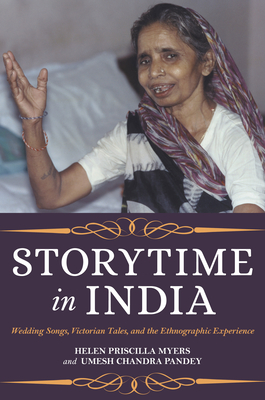Expedite your nonfiction book discovery process with Readara interviews, summaries and recommendations, Broaden your knowledge and gain insights from leading experts and scholars
In-depth, hour-long interviews with notable nonfiction authors, Gain new perspectives and ideas from the writer’s expertise and research, Valuable resource for readers and researchers
Optimize your book discovery process, Four-to eight-page summaries prepared by subject matter experts, Quickly review the book’s central messages and range of content
Books are handpicked covering a wide range of important categories and topics, Selected authors are subject experts, field professionals, or distinguished academics
Our editorial team includes books offering insights, unique views and researched-narratives in categories, Trade shows and book fairs, Book signings and in person author talks,Webinars and online events
Connect with editors and designers,Discover PR & marketing services providers, Source printers and related service providers

Storytime in India: Wedding Songs, Victorian Tales, and the Ethnographic Experience
Music > Ethnomusicology
- Indiana University Press
- Paperback
- 9780253041630
- 9.21 X 6.14 X 1.18 inches
- 1.65 pounds
- Music > Ethnomusicology
- (Single Author) Asian American
- English
Readara.com
Book Description
Stories are the backbone of ethnographic research. During fieldwork, subjects describe their lives through stories. Afterward ethnographers come home from their journeys with stories of their own about their experiences in the field.
Storytime in India is an exploration of the stories that come out of ethnographic fieldwork. Helen Priscilla Myers and Umesh Chandra Pandey examine the ways in which their research collecting Bhojpuri wedding songs became interwoven with the stories of their lives, their work together, and their shared experience reading The Eustace Diamonds by Anthony Trollope. Moving through these intertwined stories, the reader learns about the complete Bhojpuri wedding tradition through songs sung by Gangajali and access to the original song recordings and their translations. In the interludes, Pandey reads and interprets The Eustace Diamonds, confronting the reader with the ever-present influence of colonialism, both in India and in ethnographic fieldwork. Interwoven throughout are stories of the everyday, highlighting the ups and downs of the ethnographic experience.
Storytime in India combines the style of the Victorian novel with the structure of traditional Indian village tales, in which stories are told within stories. This book questions how we can and should present ethnography as well as what we really learn in the field. As Myers and Pandey ultimately conclude, writers of scholarly books are storytellers themselves and scholarly books are a form of art, just like the traditions they study.
Author Bio
moreVideos
No Videos
Community reviews
No Community reviews

